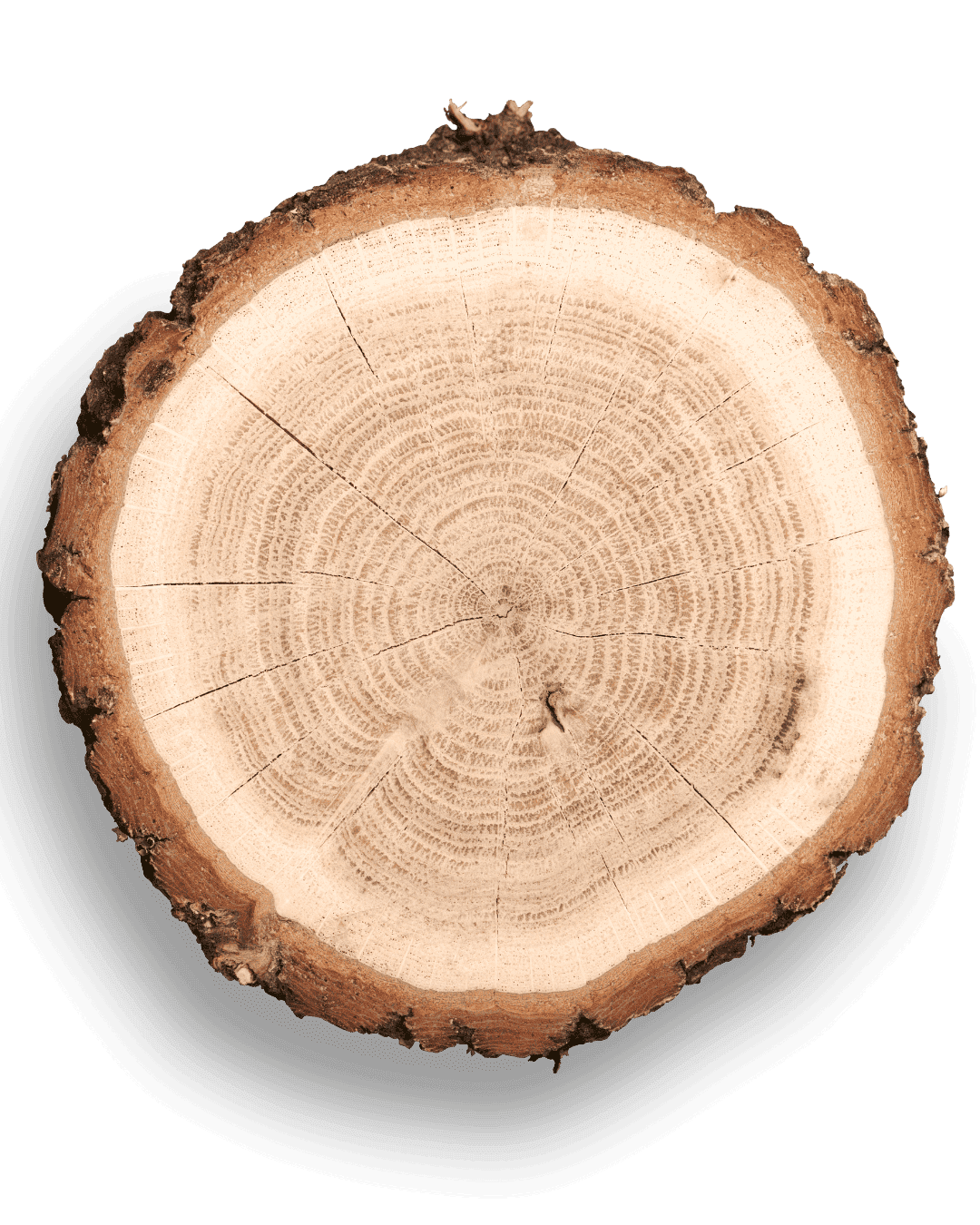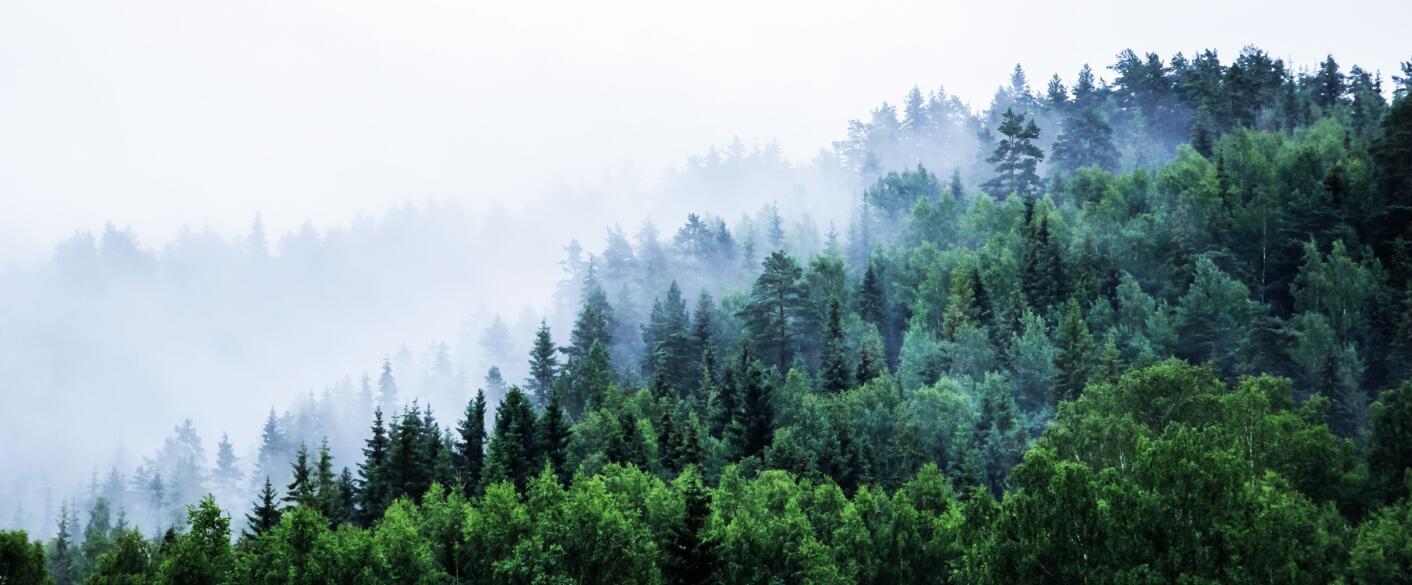How to choose the right wood species for successful cladding or panelling?
Choosing the right wood species is an essential step in ensuring the durability, aesthetics and performance of your cladding or panelling. Each species has its own characteristics, and the right choice will depend on the intended use (exterior or interior), exposure, desired finish and planned maintenance.
Wood for exterior cladding: resistance and stability above all
Wood cladding is exposed to the elements, UV rays, humidity and temperature variations. It is therefore crucial to choose a species that is suitable for outdoor use.
Naturally durable species:
- Larch: dense, strong, with a warm, veined colour, it is naturally resistant to external aggressions. Ideal in mountainous areas or for a rustic finish.
- Douglas fir: highly prized for its stability and pinkish colour, it offers good value for money.
- Red cedar: light, very stable, with excellent natural durability. It also stands out for its noble appearance and uniform ageing.
- Spruce: when well selected and protected, it is suitable for certain high-end cladding, particularly for painted or saturated finishes. Its fine grain and clarity make it a highly appreciated aesthetic base.
Thermo-stabilised woods:
- Thermo-treated wood (Nordic Pine, Larch, Alpine Spruce, etc.): heated to high temperatures without the addition of chemicals, these woods gain dimensional stability and natural durability. They also offer a beautiful golden brown colour and a contemporary look.
Wood for interior panelling: aesthetics, comfort and atmosphere
When choosing wood for interior panelling, the type of wood depends on the desired atmosphere, but also on the treatment of the wood, which has a significant impact on the final result. Wood brings warmth, character and acoustic comfort, and can be adapted to a wide variety of styles, from the most traditional to the most contemporary.
- Spruce: light in colour with subtle grain, it is widely used in panelling due to its attractive price and ease of painting or staining.
Treatments to refine the aesthetic:
Dry wood: retains the natural raw appearance of the wood, with a slightly rough feel and a light tone. Ideal for a sober and refined finish.
Steamed wood: the steaming process subtly changes the colour of the wood (warmer, golden tones) and accentuates the grain. It adds visual depth while retaining a natural appearance.
Thermo-stabilised wood: heated to a high temperature, it takes on a more brown and uniform tone, similar to exotic woods. This treatment gives a stylish and warm appearance, with improved dimensional stability.

















